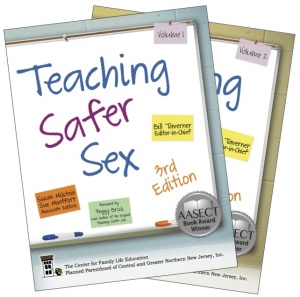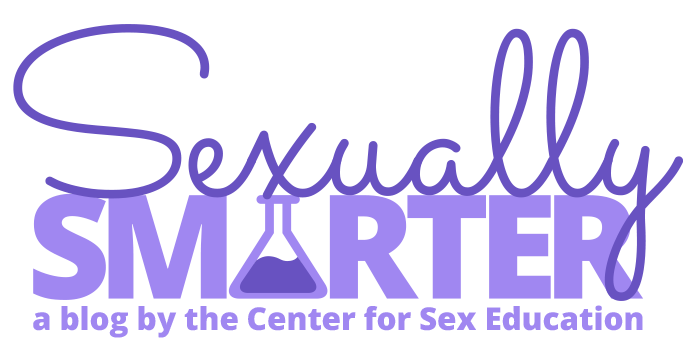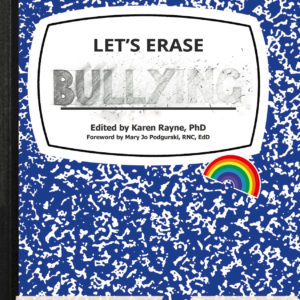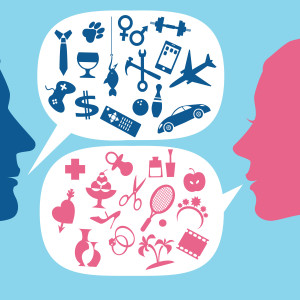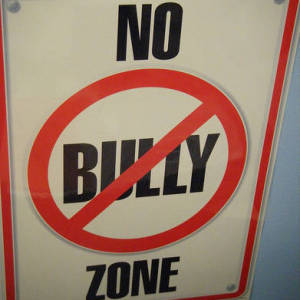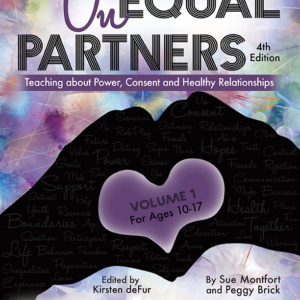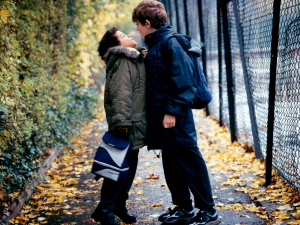 Continuing my post from last week about bullying, today I am pondering what, exactly, constitutes bullying and how it relates to sexuality, sexual activities, etc.
Continuing my post from last week about bullying, today I am pondering what, exactly, constitutes bullying and how it relates to sexuality, sexual activities, etc.
When we talk about bullying on a larger scale, I rarely see sexual contact as an integral part of that conversation. For example, bullying is rarely talked about as something that’s done in private between two people, one of them pressuring the other for sex. That’s more understood as sexual harassment. But it falls clearly under the definition of bullying, so I don’t know why it shouldn’t be included.
I do see sexuality and identity as an integral part of the conversations about bullying. Sexual orientation and gender identity, for example, have been prominently in the public discourse as frequent features of bullying.
So where does “bullying” end and “sexual harassment” begin? Or are they the same thing – is sexual harassment a subset of bullying?
Similarly, to what degree can we (or should we) define an unhealthy relationship as bullying?
As I was pondering these questions, I was paging through Teaching Safer Sex, and came across this lesson, which I think aptly raises issues that I want to think about:
WARNING SIGNALS
Recognizing Unhealthy, Unsafe Relationships
Objectives
By the end of this lesson, participants will be able to:
- Identify common behaviors that signal a relationship is not honest, equal, responsible and/or respectful.
- Evaluate the options for how to deal with a partner’s behaviors that warn of problems in the relationship.
- Describe how they could help a friend end an unhealthy relationship.
Rationale
People of all ages continue relationships even when there are clear signs that their partners do not respect them and the relationships are damaging to their emotional and/or physical health. Often individuals deny the seriousness of the situation or minimize the extent to which their own needs or wishes are being discounted by their partners. In this lesson participants examine some common warning signs and decide when and how they might end a relationship that signals trouble.
Here are a few of the role plays that are included in the lesson as potential examples of unhealthy relationships:
- The situation: A 17-year-old girl is telling her 18-year-old cousin and 36-year-old aunt about the 18-year-old guy she is dating. He demands to know where she is all the time and yells at her whenever he finds her talking with other guys.
- The situation: A 17-year-old guy met a 44-year-old man at a gay bar four months ago. This man is very popular, handsome, and has a reputation for hitting on young men. He has just asked the 17-year-old to come live with him.
The first one seems clearly like bullying to me. The second one is less clear – it could go either way, depending on the details. What the first one has that the second doesn’t (necessarily, inherently) is clear aggression and forceful behavior change. While the second example has inappropriate sexual and romantic overtures that include an imbalance of power, it is not immediately clear whether there is aggression or force as a part of the invitation.
I’m going to continue my thoughts on bullying in the coming days and potentially weeks. I hope you enjoy it!
